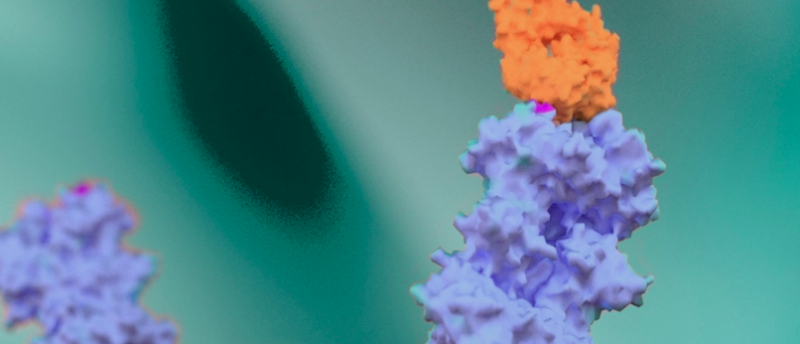From drug discovery to clinical trials in five years

Drug development is notoriously inefficient, slow, and expensive. In oncology, only 5% of new compounds at the drug-discovery phase successfully make it to clinical trials. This high attrition is largely due to over-reliance on 2D cell cultures or animal models, which fail to recapitulate the patient tumor biology and physiology. Adoption of more advanced, clinically relevant preclinical models at earlier stages of drug development can drive the identification and prioritization of agents that have better chances of success in clinical trials.
This proof-of-concept study serves a a demonstration of the potential of patient-derived organoids to expedite the timeline of preclinical drug development, leading to cost savings and improved outcomes for patients.
In this Case Study, you will learn:
- How HUB Organoids can be applied at multiple stages of the preclinical drug development pipeline, starting from lead identification, and optimization to the mechanism of action investigation.
- How HUB Organoids can be used to devise therapeutic interventions targeted toward a subset of the patient population, thereby carving a critical path forward in oncology precision medicine
- The key features of HUB Organoids that make them best-in-class models for drug development
This content was provided by HUB Organoids.
